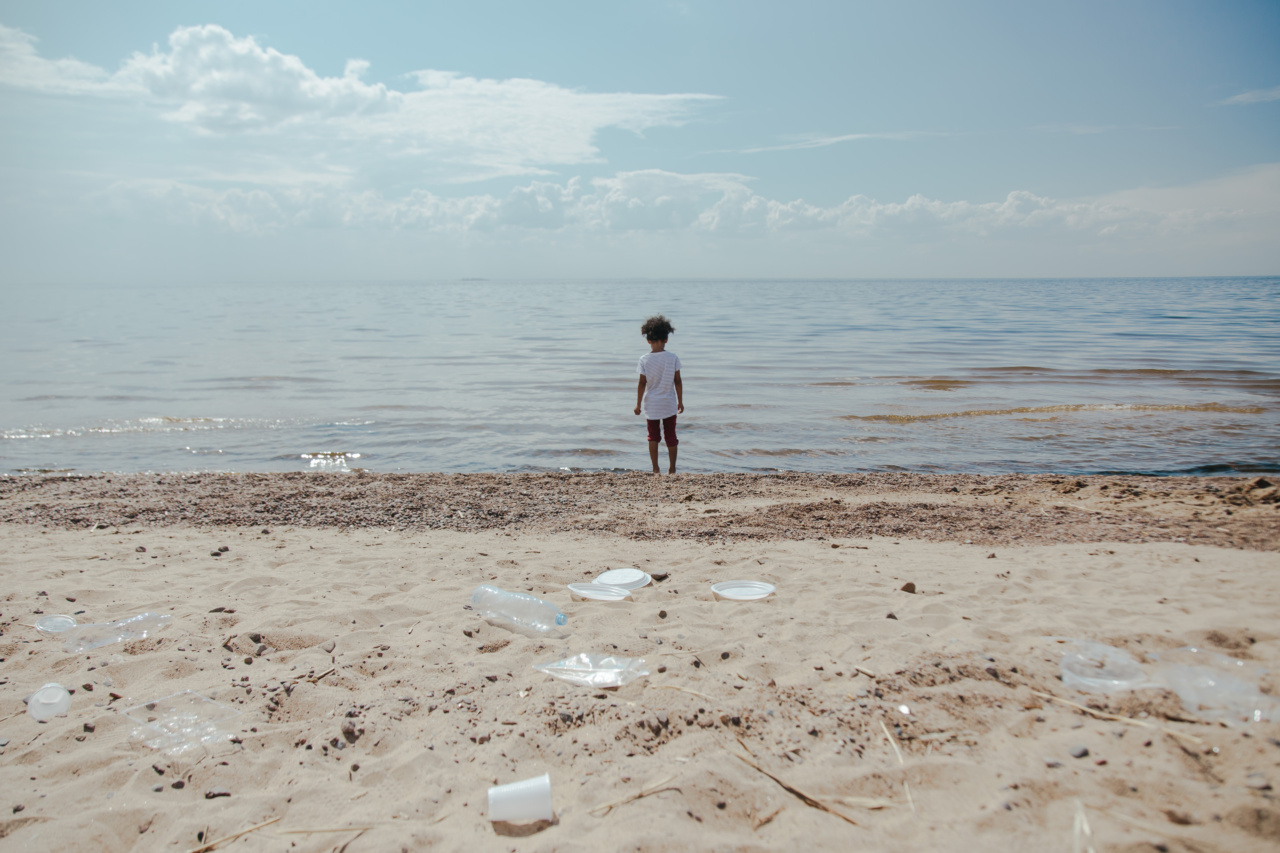Children are the most vulnerable members of our society, and their well-being is a matter of utmost concern. Unfortunately, pollution has emerged as a significant threat to their health and development.
From air and water pollution to noise and chemical pollution, the impact on children can be life-altering. This article aims to shed light on the various forms of pollution that pose risks to children and emphasize the urgent need for action to protect their well-being.
Air Pollution and Children
Air pollution is a pressing issue that affects millions of children worldwide. The presence of pollutants such as carbon monoxide, sulfur dioxide, nitrogen dioxide, particulate matter, and ozone in the air can have severe consequences for their health.
Studies have indicated that exposure to air pollution can lead to respiratory problems, including asthma, bronchitis, and pneumonia, particularly in children with weak immune systems.
Moreover, air pollution has been linked to developmental issues in children. The fine particles and toxic gases present in the air can penetrate their respiratory system and potentially affect their cognitive abilities and neurological development.
Studies have shown a correlation between air pollution and decreased IQ scores, memory problems, and learning difficulties in children.
Water Pollution and Children
Water pollution poses a significant threat to the well-being of children, especially in developing countries where access to clean water is limited.
Contaminated water sources can lead to various waterborne diseases, including cholera, dysentery, and typhoid, which can be life-threatening if not treated promptly.
Furthermore, exposure to polluted water can have long-term health effects on children. The presence of heavy metals, pesticides, and other toxic chemicals in water sources can cause developmental issues, organ damage, and impaired immune function.
Children who consume or come into contact with polluted water are at a higher risk of experiencing stunted growth, neurological disorders, and compromised overall health.
Noise Pollution and Children
Noise pollution is often overlooked compared to other forms of pollution but can have detrimental effects on children’s well-being.
Continuous exposure to loud noises, such as traffic, construction sites, or industrial machinery, can harm their hearing and interfere with their cognitive and language development.
Research has indicated that noise pollution can negatively impact children’s academic performance, concentration levels, and sleep patterns.
Sleep disturbance caused by noise can lead to fatigue, irritability, and difficulty in learning and retaining information. Additionally, chronic exposure to noise can increase the risk of stress-related disorders and mental health issues in children.
Chemical Pollution and Children
Chemical pollution is a widespread problem that exposes children to harmful substances in their everyday lives. These pollutants can be found in household products, food, toys, and the environment.
Substances like pesticides, lead, mercury, and phthalates have been linked to a range of developmental, cognitive, and physical issues in children.
Exposure to chemicals during critical periods of development, such as prenatal stages and early childhood, can interfere with the normal functioning of organs and systems.
It can lead to developmental delays, hormonal imbalances, reproductive disorders, and an increased risk of cancer later in life. Children’s rapidly developing bodies and organ systems make them more susceptible to the harmful effects of chemical pollution.
Impact on Cognitive Development
Pollution is not only detrimental to children’s physical health but also has significant implications for their cognitive development.
The neurotoxic components of pollution, such as heavy metals and air pollutants, can cross the blood-brain barrier and interfere with the normal development of the brain.
Studies have linked exposure to air and chemical pollution with impaired cognitive abilities, decreased IQ scores, learning difficulties, attention-deficit/hyperactivity disorder (ADHD), and behavioral problems in children.
The detrimental effects of pollution on cognitive development can have lasting consequences on their academic performance, social interactions, and overall quality of life.
Economic Impact and Disparities
The impact of pollution on the well-being of children also has economic implications.
The costs associated with treating pollution-related illnesses, such as respiratory diseases, gastrointestinal disorders, and developmental issues, can burden healthcare systems and families alike.
Moreover, pollution often exacerbates existing socio-economic disparities.
Children from low-income families or marginalized communities are disproportionately affected by pollution due to living in areas with high pollution levels and inadequate access to healthcare and clean resources. This further widens the gap in health and well-being between different socio-economic groups.
Addressing the Issue
Given the substantial threat pollution poses to the well-being of children, urgent action is required at various levels to mitigate its effects. This includes:.
-
Government Policies and Regulations
Implementing and enforcing stringent pollution control policies and regulations can significantly reduce pollution levels.
Governments should prioritize the health and well-being of children while making decisions related to industries, transportation, waste management, and energy production.
-
Investment in Renewable Energy
Promoting and investing in renewable energy sources like solar and wind power can help reduce the reliance on fossil fuels, which are major contributors to air pollution.
Shifting to cleaner and sustainable energy alternatives can have a positive impact on both children’s health and the environment.
-
Improving Access to Clean Water
Efforts should be made to improve access to clean water sources and implement proper wastewater management systems.
This includes providing safe drinking water facilities, promoting sanitation and hygiene practices, and addressing industrial pollution that contaminates water bodies.
-
Sustainable Agriculture Practices
Encouraging organic farming methods and reducing the use of harmful pesticides and fertilizers can prevent chemical pollution in food and water sources.
Additionally, promoting awareness about the risks associated with chemical pesticides can help parents make informed choices when purchasing food products for their children.
-
Education and Awareness
Creating awareness about the detrimental effects of pollution on children’s health is crucial.
Educational programs in schools and communities can help children and their families understand the risks of pollution and adopt measures to minimize exposure. Teaching sustainable practices and advocating for a clean environment can shape future generations’ behavior and attitudes towards pollution.
Conclusion
Pollution poses a significant threat to the well-being of children across the globe. The impact of air, water, noise, and chemical pollution on their health, cognitive development, and future prospects cannot be underestimated.
Urgent action is needed to address this issue and protect children from the harmful effects of pollution. Governments, communities, and individuals must work together to implement effective policies, promote sustainable practices, and create a cleaner and healthier environment for the well-being of future generations.






























